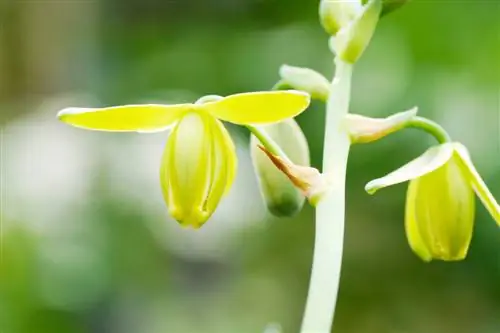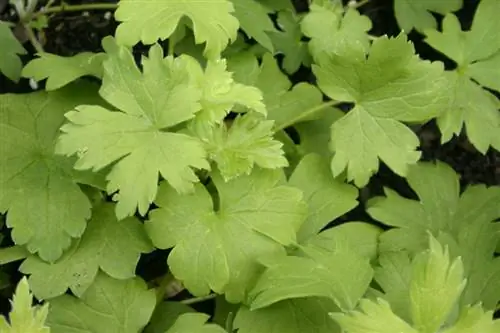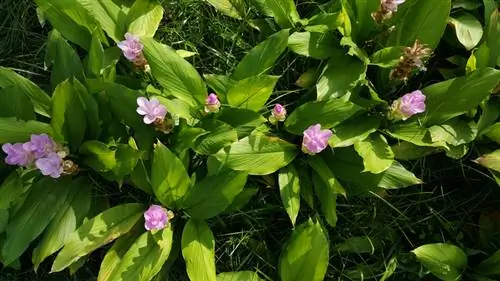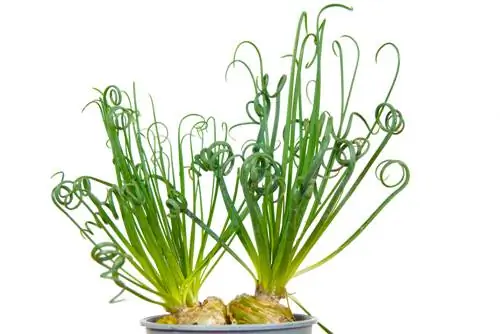- Author admin [email protected].
- Public 2024-01-10 23:11.
- Last modified 2025-01-23 11:22.
Albuca spiralis comes from South Africa. It is warmest there when it snows and freezes here. That's why it wants to bloom in winter and rest in summer. A good location and needs-based care make her stay here pleasant.

How do I care for an Albuca spiralis plant?
Albuca spiralis care includes a warm, sunny location during the growing season, special cactus substrate, sparing fertilizing and watering, no cuts on the leaves and removing dried flowers. Toxicity should be considered.
Location question
Choosing a suitable location can be described as the most important step in care. Otherwise, Albuca spiralis lacks the twists of the leaves for which we value it so much. In winter it is too cold for her outside and she has to be taken inside. That's a good thing, because then we can admire their flowers up close.
- The growing season runs from August to May
- then the location must be warm and sunny
- Albuca spiralis can stay outside in summer
- protect dormant onions from rain
Substrate
Do not cultivate your Albuca in ordinary potting soil. There is a special cactus harvest available in stores (€12.00 on Amazon) that is also good for these plants. A mineral mixture with pumice stones or just pumice stones alone are also suitable as a substrate.
Fertilize
The Albuca spiralis may only be fertilized if the substrate no longer has enough nutrients to offer it:
- commercial cactus soil has plenty of nutrients
- do not fertilize additionally in the first two years
- Newly purchased plants do not need any fertilizer for at least a year
- fertilize with liquid fertilizer
- but only while the plant is sprouting and growing
Pouring
The Albuca spiralis is watered regularly during the growing season. The earth must never dry out completely. However, the top layer of soil is allowed to dry out from time to time. During the rest period, however, it is enough to use the watering can once a month. Even then, the amount of water should be modest.
Cutting
Under this bullet point, instructions are usually expected on how to cut a plant. But here exactly the opposite is the case. It is better not to use the scissors. Even if the leaves turn brown after flowering, you should stick with the bulb until they are completely dry and fall off on their own. This is important so that the plant can get the energy stored in it back into the bulb. This means it can bloom magnificently the following year.
Dried flowers
As soon as the last flower has withered, the flower stem can be cut. The thus prevented seed formation saves energy. However, if you want to harvest the seeds, you must leave the flowers until the seeds are ripe. However, the South African plant can also be easily propagated using daughter bulbs.
Note:Be careful when cultivating this plant, as some information sources list it as poisonous.






